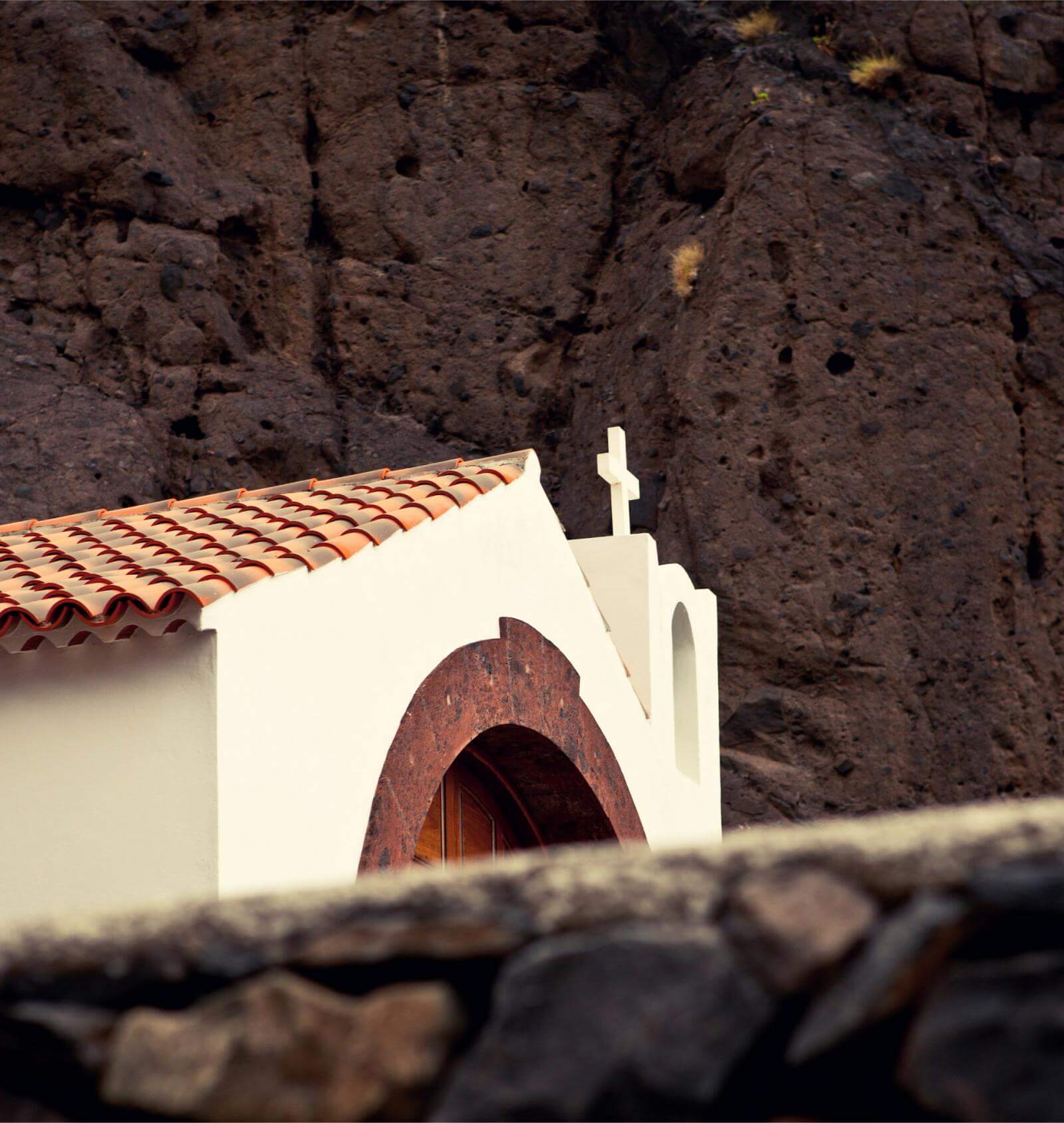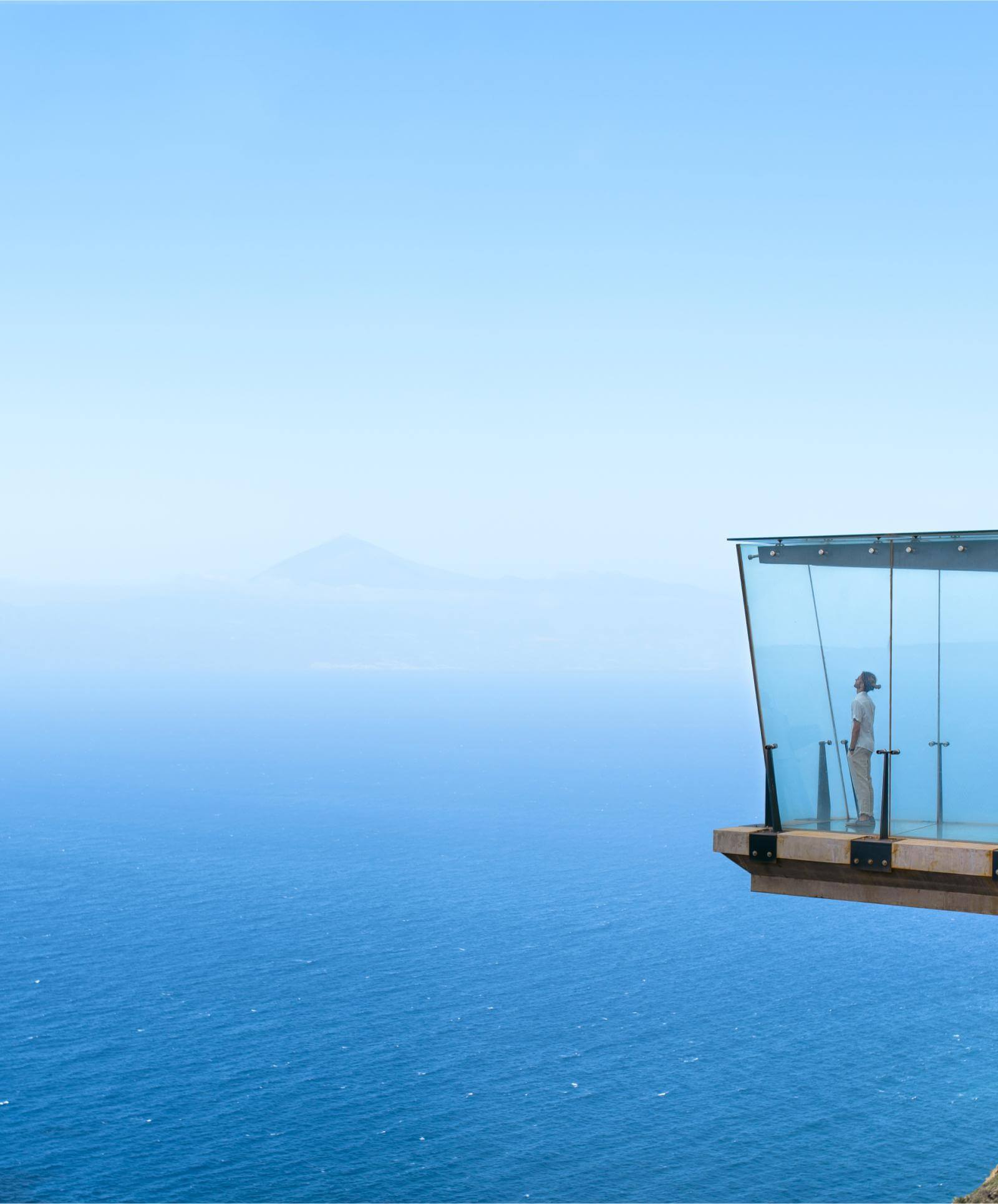In the north of the island, between the Hermigua and Vallehermoso valleys, and just over half an hour from the capital town of San Sebastián by car, we find Agulo. A lovely, picturesque village full of history, nature and traditions, where you can disconnect from it all and take a walk around Garajonay National Park, look out from the Abrante Viewpoint, see the natural monument of Roque Blanco or wander through the alleys of the perfectly conserved historic quarter.

The sweet of La Gomera
Founded on 27 September 1607, it wasn’t until 1620 when people began to settle in what is now known as Agulo. By 1739, two major constructions had been completed: the town hall and the Parish of San Marcos Evangelista, one of the town’s most iconic buildings. It was in the 1960s when the population of Agulo peaked – at 2747 inhabitants, a number which has dropped in recent years to barely a thousand. It has more than eight kilometres of coastline and a peak that measures 1360 metres.
Agulo was the first place on the island to get access to drinking water and electricity and to have a crane and a pier from which to export products to the rest of the world. But its current appearance as a small town that has been meticulously cared for and its delicious cakes and pastries are what have earned it the nickname of ‘the sweet of La Gomera’. All at the foot of a great basalt rock wall that creates a natural green balcony over the sea.
Discovering Agulo
Located between two valleys, Agulo is divided into two clearly differentiated parts, the upper area and the lower area. The latter, which is closer to the coast, is where we find the historic quarter, one of the most beautiful in the entire archipelago, with narrow, cobbled streets and white houses with characteristic, red-tiled roofs. Around the houses, the owners have vegetable gardens for personal use, maintaining a healthy and eco-friendly lifestyle.
You have to visit the Casa del Pintor José Aguiar, which currently houses the Filii Christi theme museum, and also the Plaza de Leoncio Bento. Aguiar was born in Cuba, but was raised in Agulo, and he became one of the main painters of Canary Islands art and the best Spanish muralist of the 20th century. The building was turned into a museum, library and exhibition hall after being the home of the painter for many years. The square, meanwhile, is a meeting point for locals and tourists and one of the most usual places to take a stroll in Agulo.
From the Abrante Viewpoint, at the top of the cliff with the same name, you can enjoy a panoramic view of Agulo in its entirety, and the three hubs it comprises: El Charco, Las Casas and, a bit further away, La Montañeta. All from a stunning glass overhang that makes you feel like you are suspended in mid-air. Near Abrante, we find the natural monument of Roque Blanco: 27 hectares of pure nature and scenery where you can see specimens of very rare bushes, such as the strawberry tree. Another attraction in the area is the Las Rosas Dam, a peaceful reservoir surrounded by nature where you can enjoy the sound of birds singing, or the Montaña del Dinero Viewpoint.
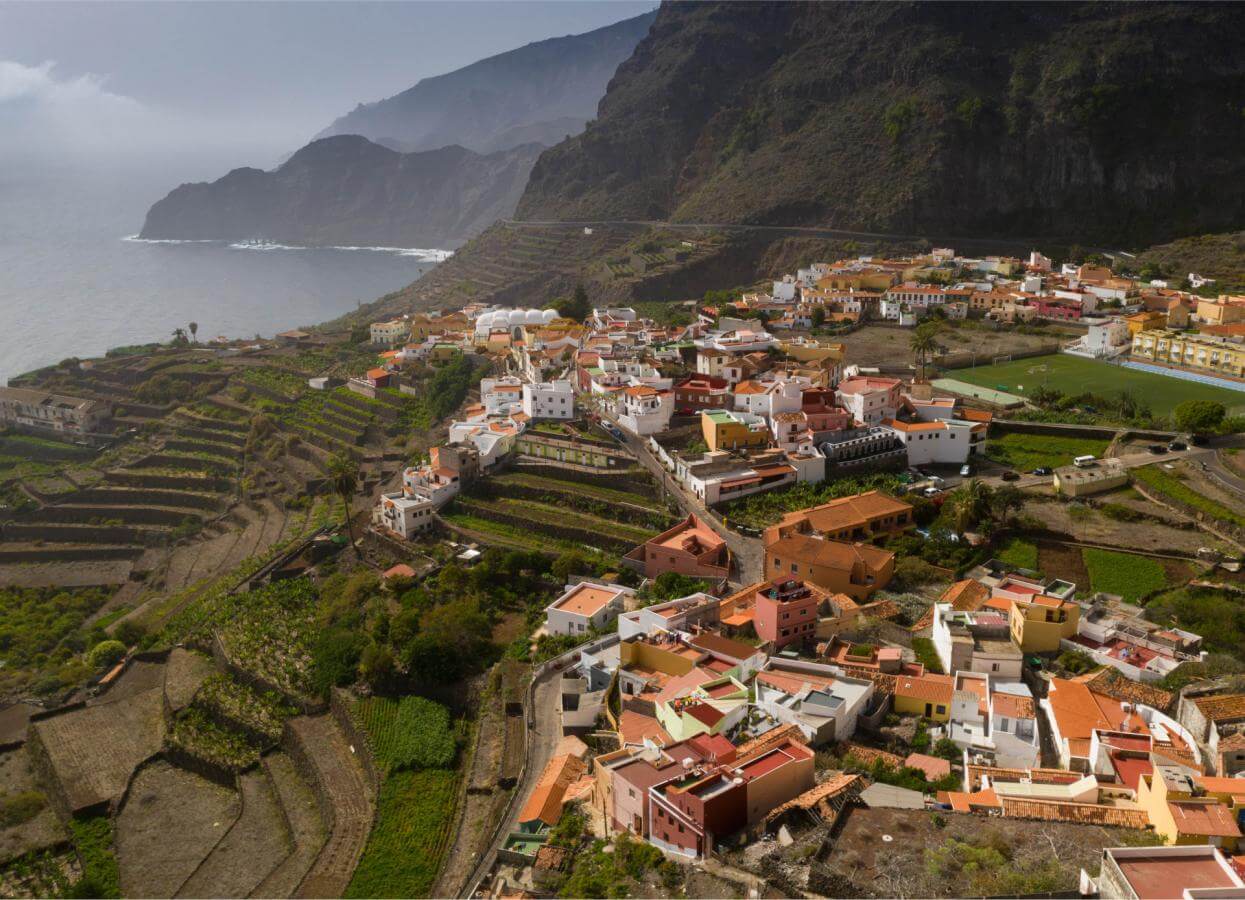

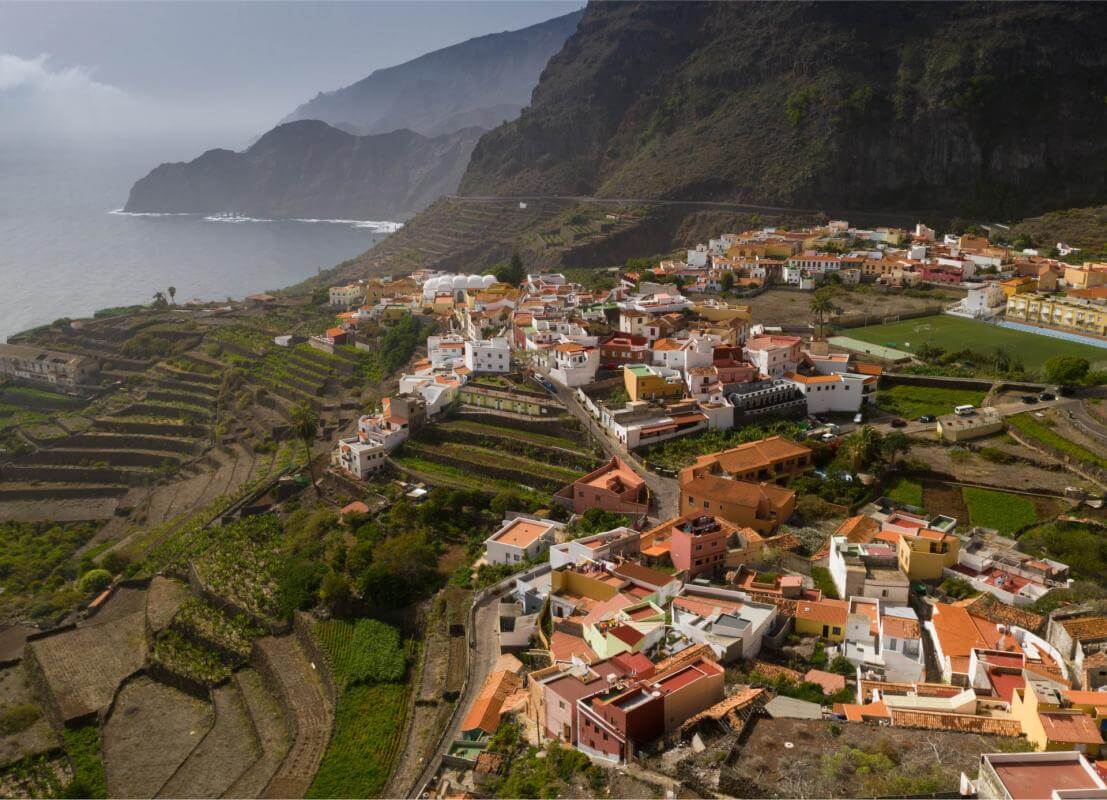
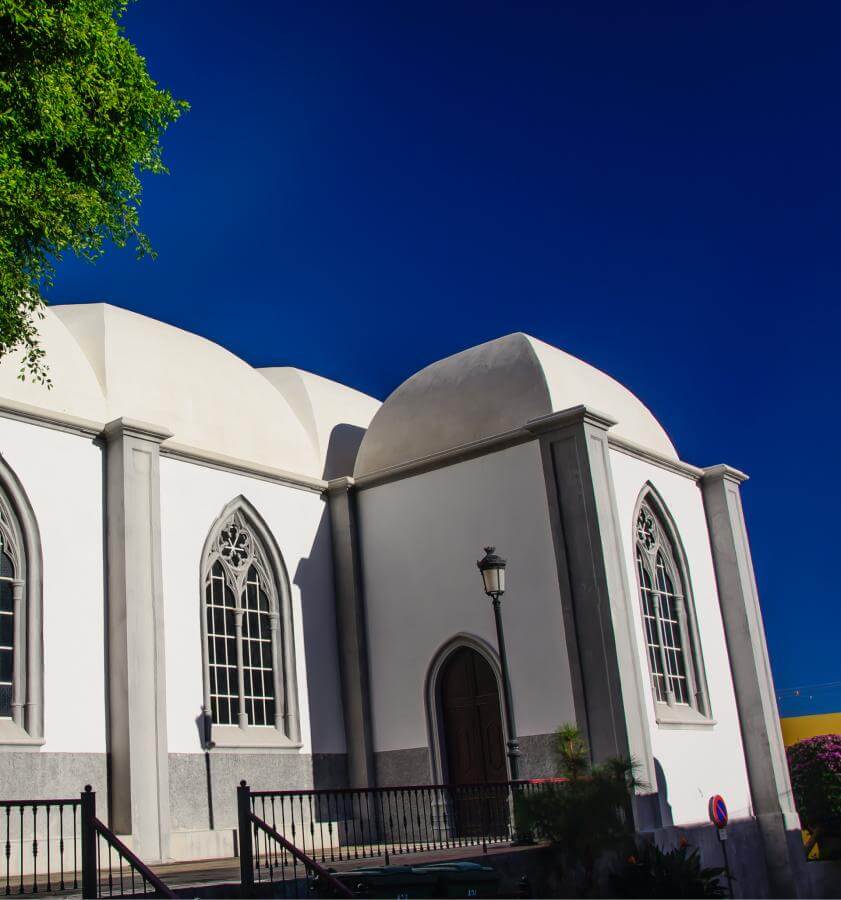

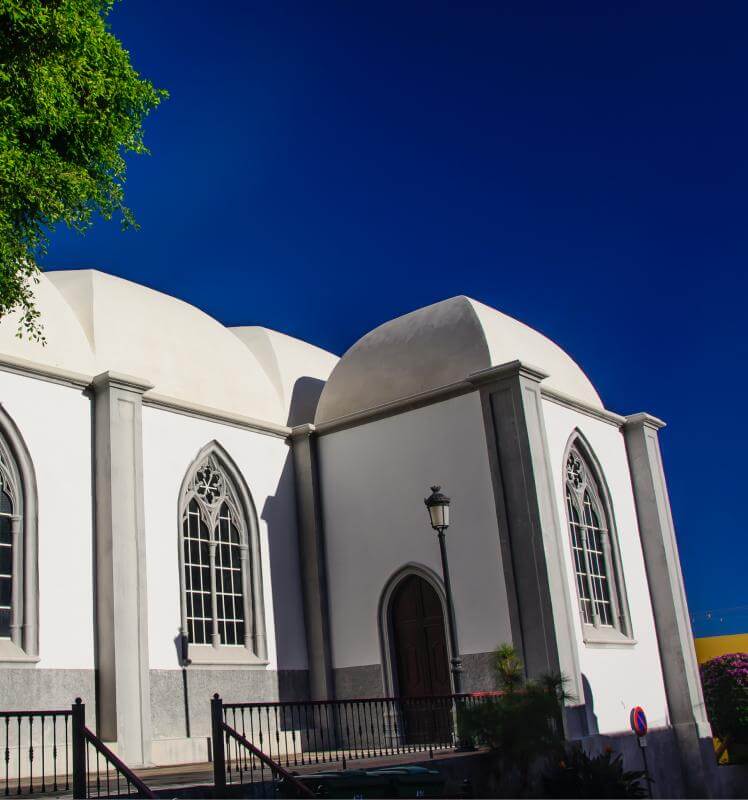
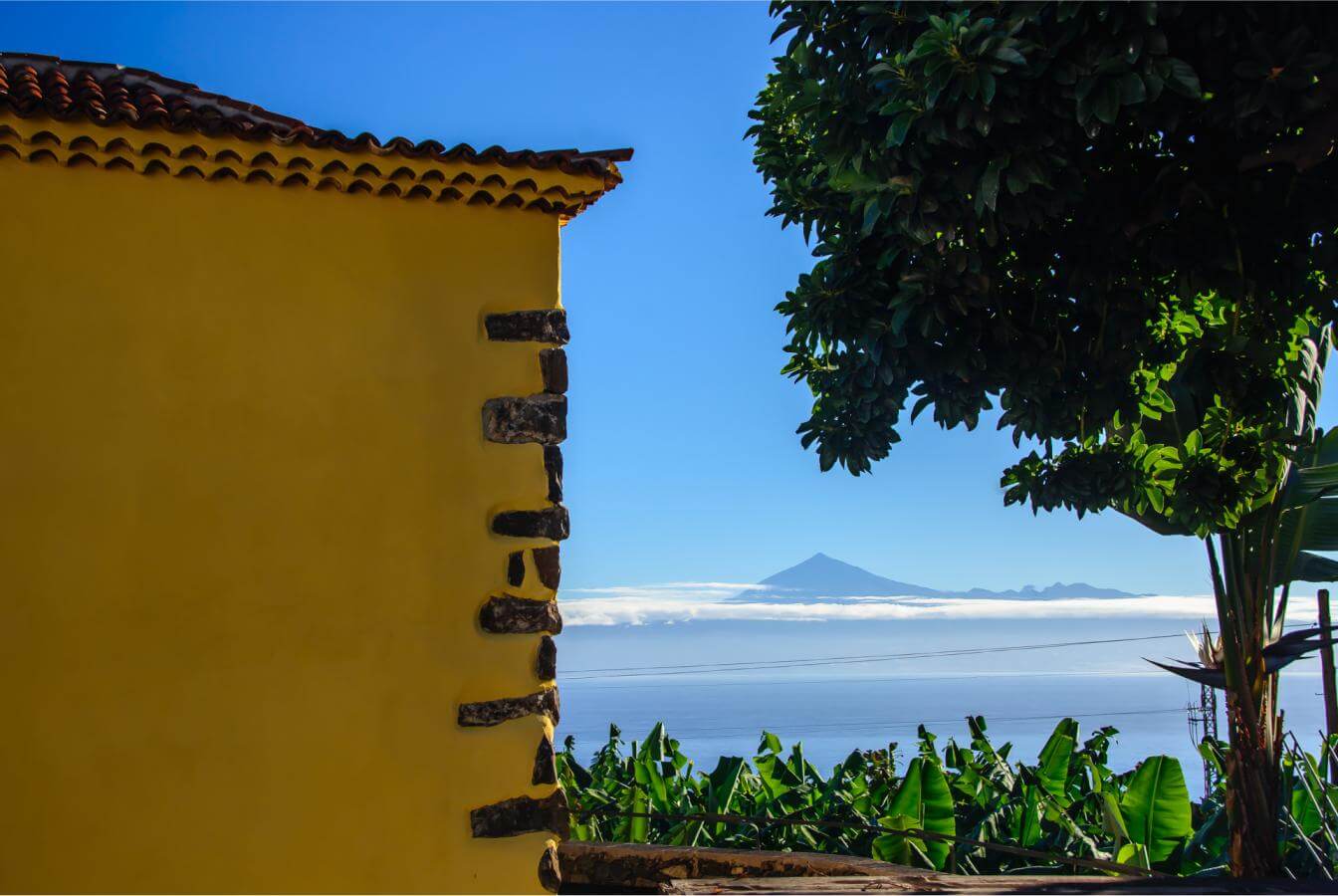

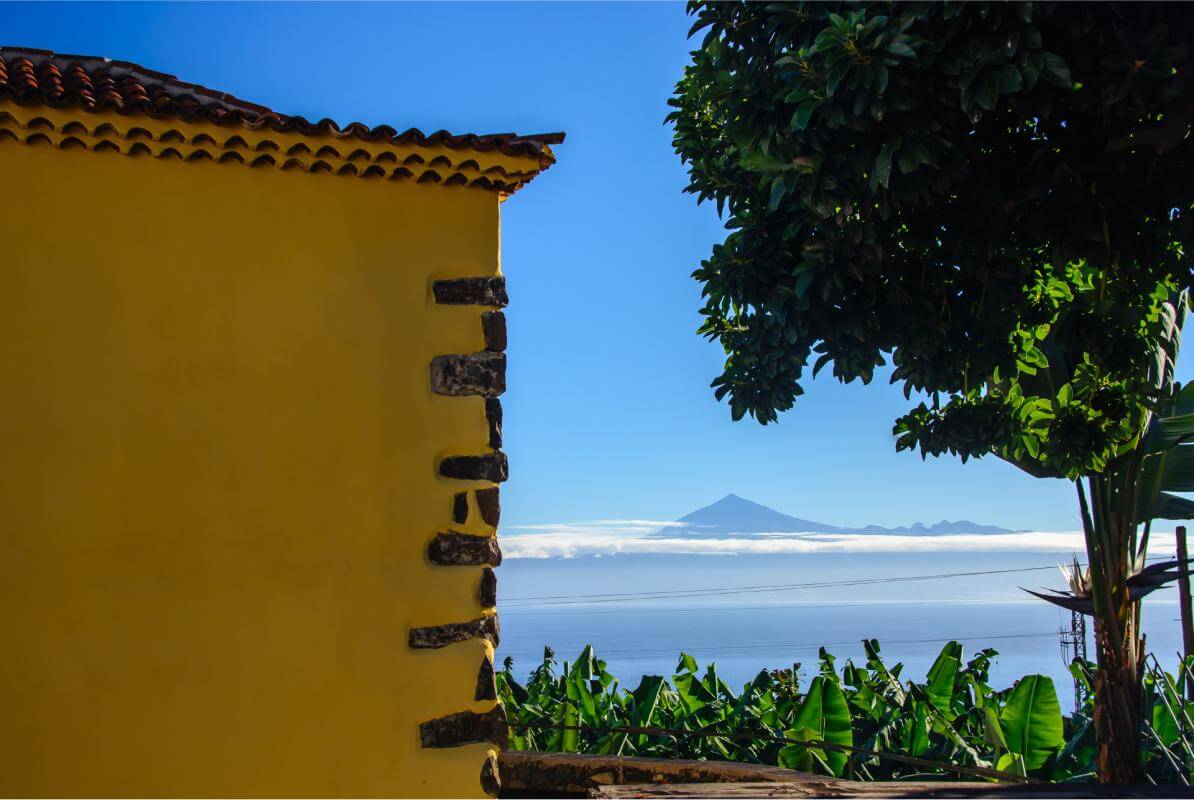
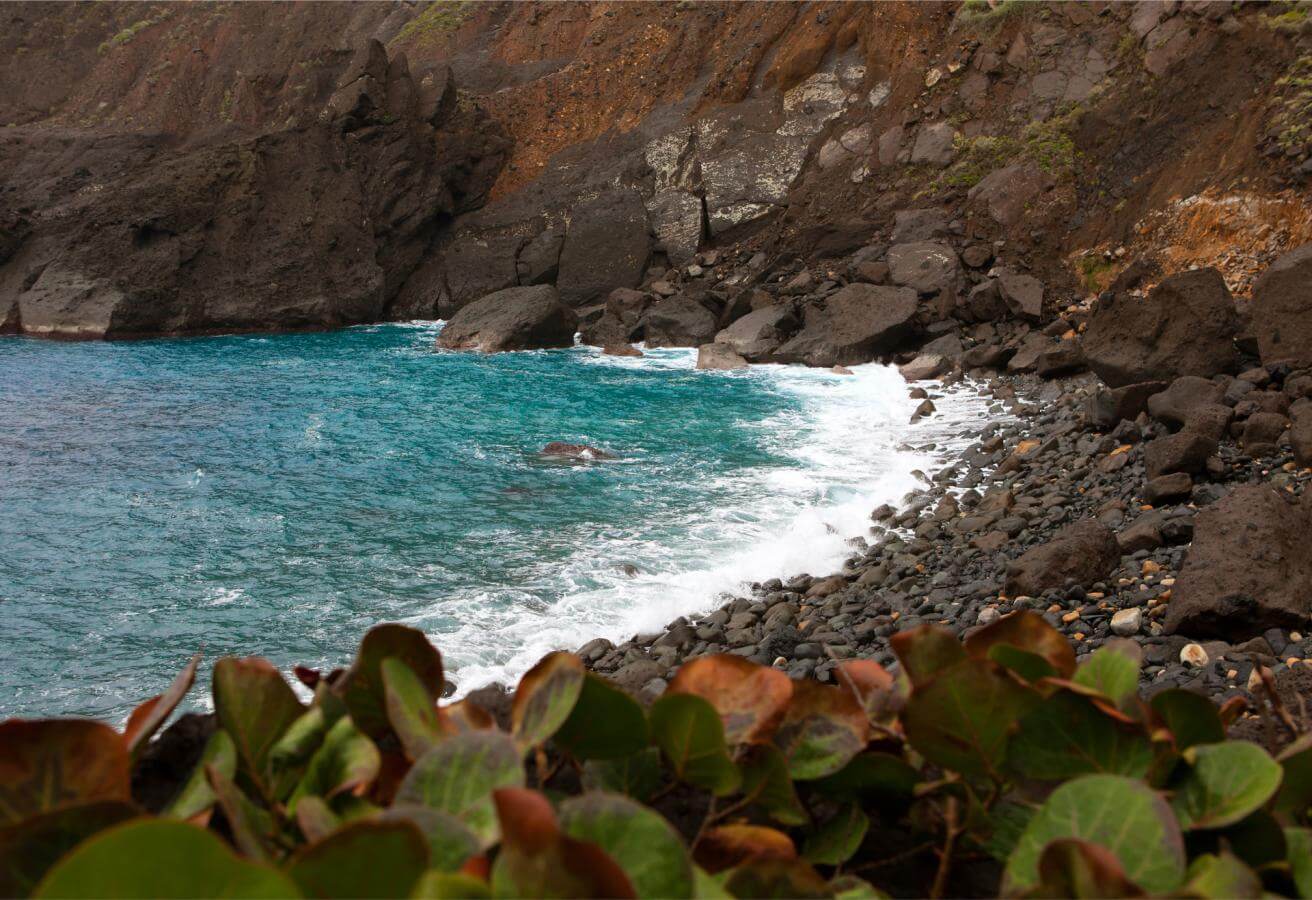

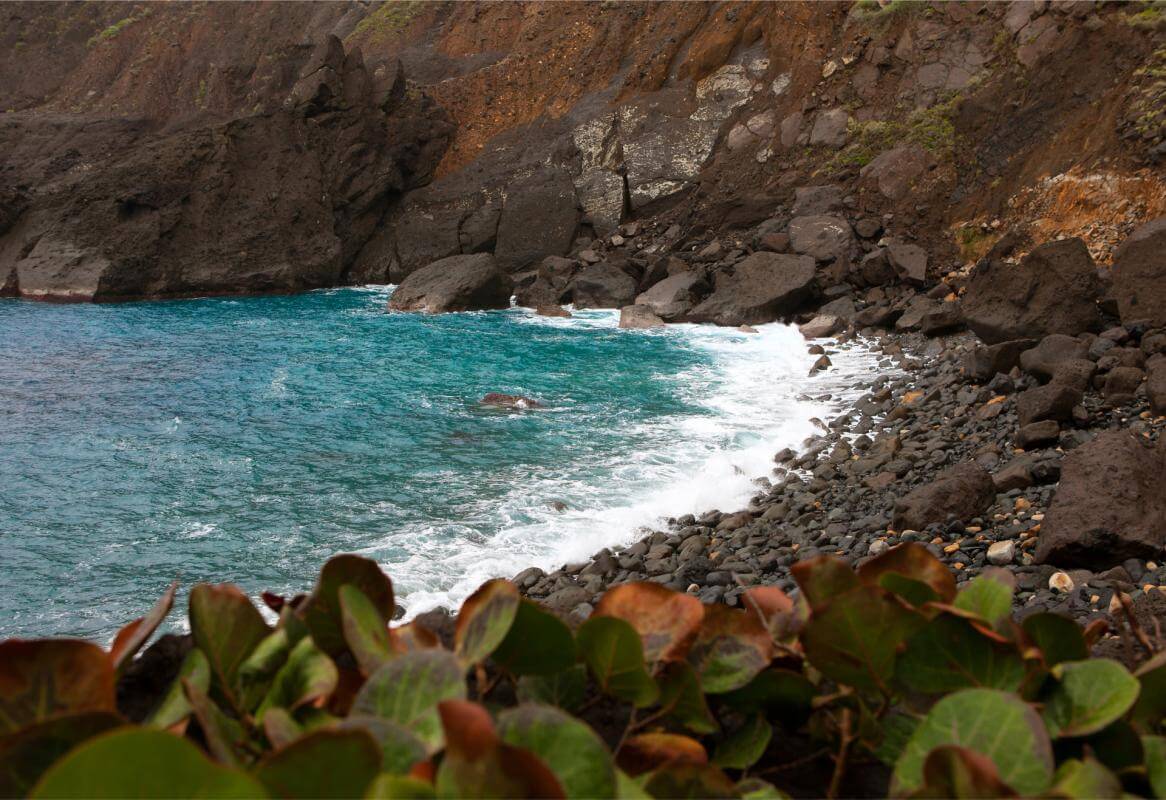
The Bonfires of San Marcos
Agulo is home to a tradition that is unique to the island of La Gomera, known as the bonfires of San Marcos. On the eve of 24 April, crowds gather in the streets of Agulo to jump over little piles of burning juniper wood that fill the town with their characteristic scent. This local tradition goes back centuries and, at night, turns the town’s streets into a stage where fire, music and religion combine in equal parts.
Agulo was the birthplace of Antonio Marcos Chinea Hernández, a boxer who competed in the 1968 Olympic Games in Mexico City, and he is the only athlete from La Gomera to participate in any Olympic Games to date. Besides Chinea, poets and authors such as Cesarina Bento Montesinos, Pedro Bethencourt Padilla and his brother José, and Antonio Jesús Trujillo Armas were all born in Agulo.





